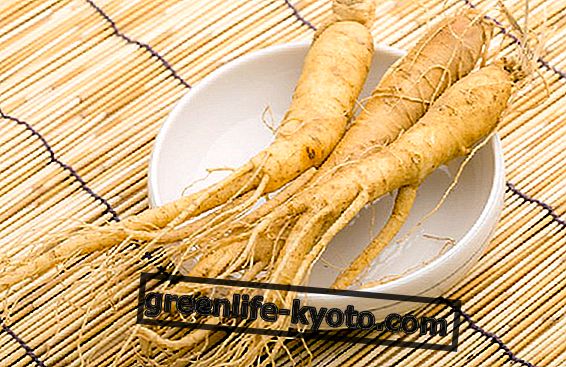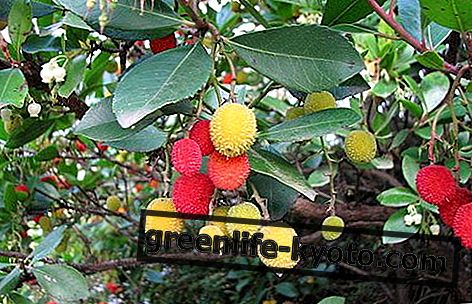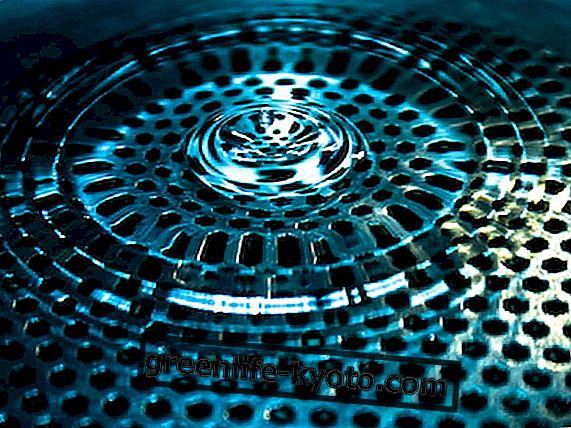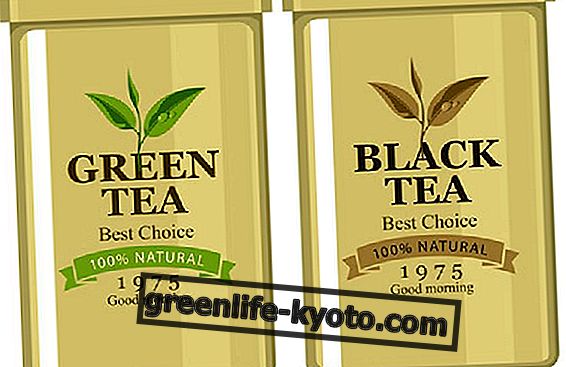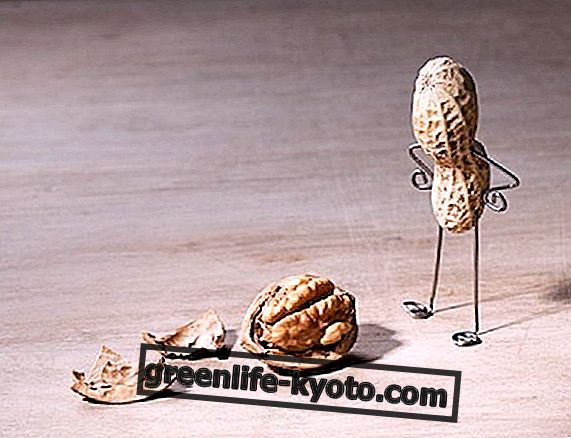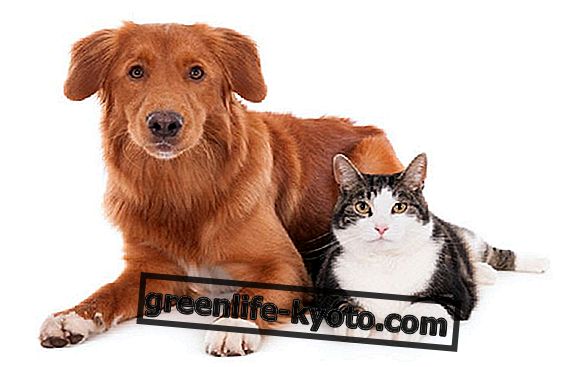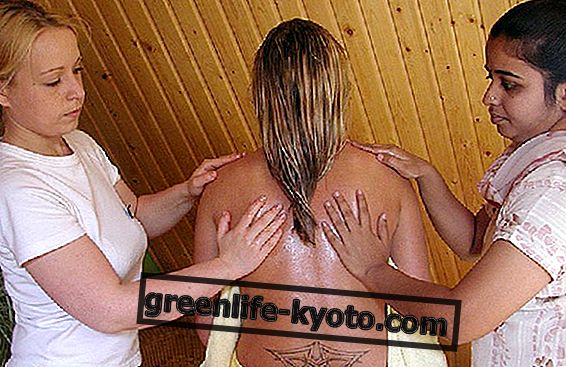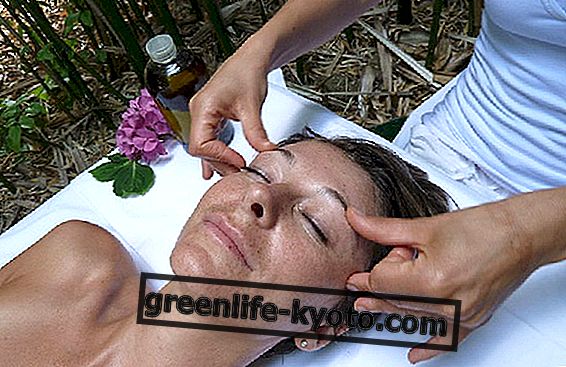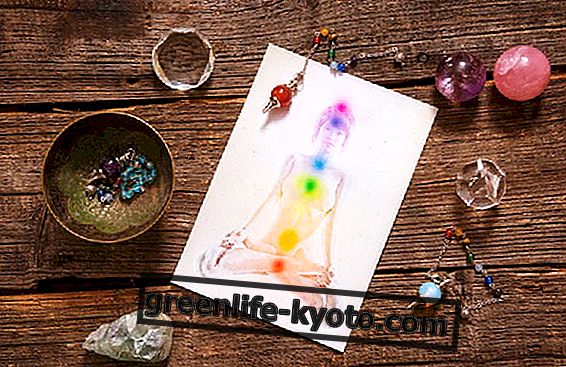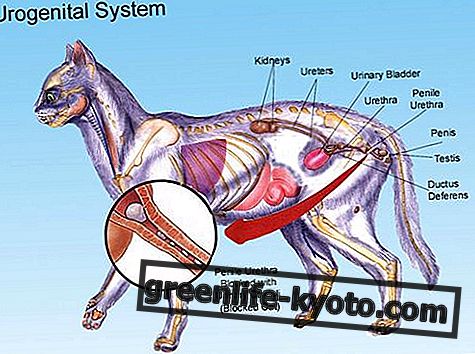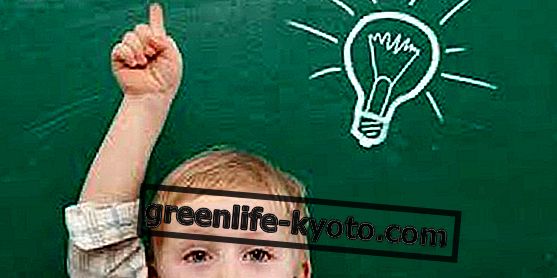
The Ku Nye, traditional Tibetan massage
The traditional Tibetan massage, known as Ku Nye, belongs to the group of external therapies of traditional Tibetan medicine. The term "Ku Nye" contains the essence of this type of massage. The word Ku means "to sprinkle", while Nye indicates something comparable to our idea of manipulation, evoking the typical maneuvers of massage. These two words, united together, identify a manual therapeutic technique at least 4000 years old. In that vast reservoir of knowledge that is Tibetan medicine, massage occupies an important place because it reinforces the delicate connection that exists between body and mind, a connection that, if it is lost or is in some way altered, can cause the onset of the disease.
Massage the energy. At the base of the traditional Tibetan massage is the energy concept . According to the precepts of Tibetan medicine, energy is defined as a dynamic force that permeates everything that exists. This energetic conception springs from the harmonious interaction between the five main elements : Space, Air, Fire, Water and Earth. These elements in turn constitute the so-called " Three Humors ", states comparable to physiological energies known as Vento (neutral quality), Bile (hot quality), Phlegm (cold quality). All the vital functions of the organism depend on these three humours.
The purpose of traditional Tibetan massage
The purpose of the traditional Tibetan massage is precisely to go to put harmony between body and mind, thus balancing the dynamics of the five elements and acting on the three main vital functions . When the masseur works on a point of the body it acts simultaneously on the elements, on the Moods, on the physical component and on the psychic one.
At an early stage, the patient's body is covered with a specific essential oil that varies depending on the individual being treated. Sometimes spice is added to the essential oil. The objective of this first phase of massage is to produce heat in the body, so as to facilitate the absorption of substances through the skin.
Subsequently, to facilitate the release of tensions and the correct flow of vital energy, a rubbing phase is performed, carried out with the fingers, the palms of the hands, the elbows and the forearms.
Conclusion of a Tibetan massage session is represented by the application of flour on the body, suitable for removing previously applied oil.
Notwithstanding the personal note of the masseur, there is a predetermined path that involves the three main moods. We work on the Bile (right side), on the Wind (in the center), on the Phlegm (left side). A massage session lasts 90 minutes on average, after which the subject feels rejuvenated.
Benefits of traditional Tibetan massage
In several ancient Tibetan texts, such as the Bum Shi and the Gyud Shi (the four tantra of Tibetan medicine), the beneficial effects on the functions of rejuvenation and rebalancing of the person produced thanks to the Ku Nye technique are reported.
Although its main purpose is the restoration of vitality and the correct flow of energy linked to it, the traditional Tibetan massage is able to eliminate the excess of toxins stored by the body, in addition to alleviating and reducing various types of pain and syndromes painful . Among these, the Tibetan massage is effective in combating anxiety, depression and insomnia, disorders that share a nervous origin. Thanks to the Ku Nye, drainage of liquids is also possible.
